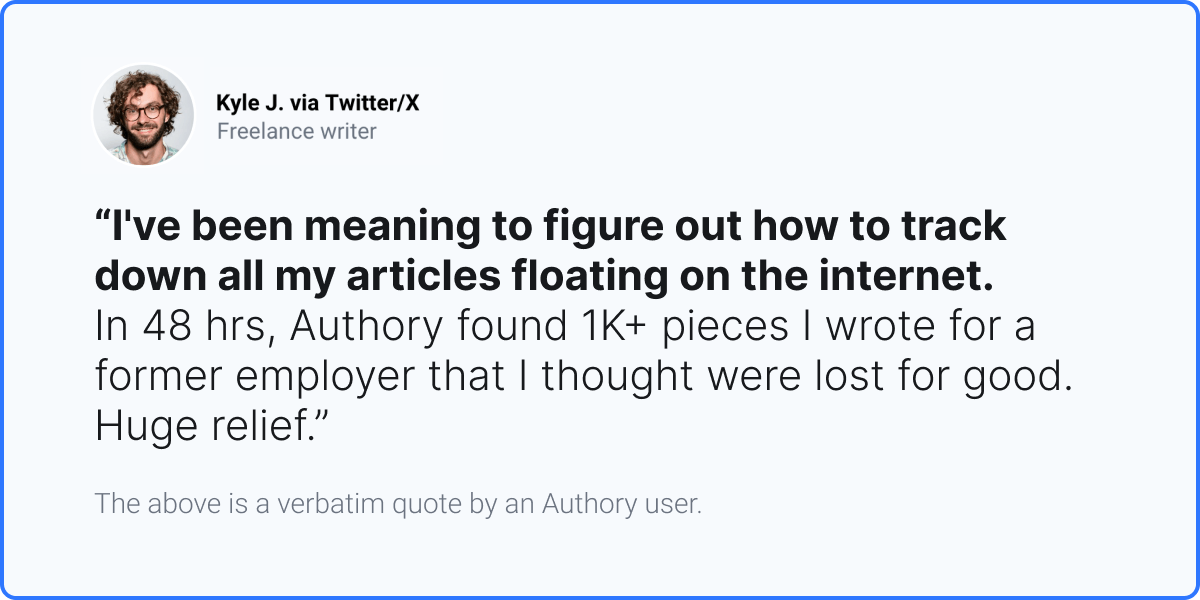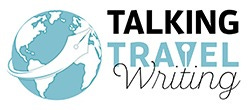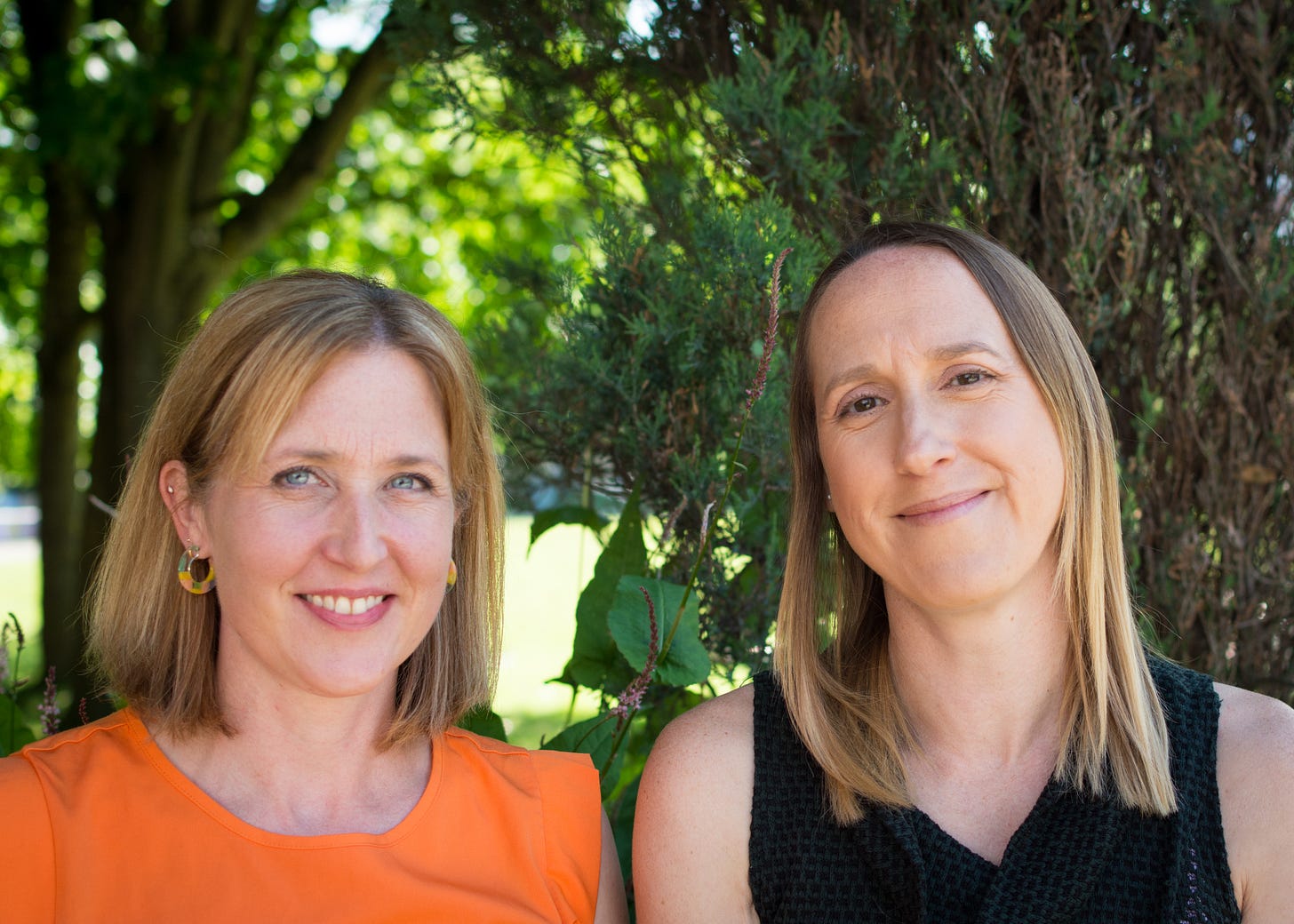Finally, a portfolio that’s always current and backed up
Tired of spending hours updating your portfolio or losing your work samples to site shutdowns?
Authory automatically creates a beautiful, self-updating portfolio page that showcases your work effortlessly & backs up everything you've ever published.
Keep your work samples safe, searchable, and ready to share at any time.
Join 1,000s of freelance writers, journalists and content marketers who already use Authory to impress potential clients and employers.
Get your free portfolio today. We also have a special offer for our FFJ community. Sign up via the link below to any paid plan for 20% off for the first year!
As more writers and journalists turn to Substack to build their own audiences and monetise their content, understanding how to navigate the platform is becoming increasingly important.
This month we’re unpacking what makes a successful Substack and chatting to other freelancers who have carved out a niche in this space.
In the second of our Substack series we speak to Steph Dyson, co-founder of the Talking Travel Writing newsletter. Launched in 2020 during the pandemic, the newsletter has grown steadily, attracting both free and paid subscribers, while offering practical advice and insights to travel writers.
In this Q&A, Steph shares how the newsletter got started, the challenges of growing an audience, the decision-making behind monetisation and advice for those looking to use Substack as a platform for their own writing projects.
How did the Talking Travel Writing newsletter come about?
It was Lottie's idea. She contacted me during the pandemic, a couple of months after it started, and we actually launched in June 2020. We started with a kind of once-a-month thing, just trying to help journalists weather this whole ‘what’s happening’ moment, and voice the collective fear that our industry had been flattened, and maybe would never come back.
We broadcasted it to our networks—Lottie had quite a lot of followers on Twitter, I had some as well, and it just gained a lot of traction. We also shared it in various WhatsApp groups for travel journalists. It started really small, but people knew us, and they wanted to support us. We began with everything being free, then invited people to pay to become founding members, at £70. A few dozen people signed up at first, mostly friends who just wanted to support us.
How has the newsletter grown in terms of subscribers since its launch?
We started getting subscribers in September 2020, and by February 2021, we had about 2,000. It grew pretty quickly from there. Now we have 7,600 subscribers, between free and paid. The paid growth has been slower, which is expected, but it’s been a steady trajectory.
How did you decide what content to put behind the paywall?
We always wanted the free version to be a bit of a taster. So, we would announce the topic, dive into it a little, and then use the paid version to go into more depth. The paid version would include more meaty content. For example, a few months ago, we were talking about AI. The free version introduced the topic, and the paid version went deeper into specifics, like how to use AI in guidebooks, for instance. We always wanted the paid editions to feel really valuable.
How have discounts played a role in attracting paid subscribers?
We’ll have a discount for end-of-year promotions or sometimes a 10% discount to encourage people to sign up. Discounts definitely help in converting people, especially if we have something juicy like an editor interview or a special series.
What advice would you give to others who are thinking about setting up a Substack?
I think you really need to think about your niche and whether there’s an appetite for practical content. People tend to pay for things that add value, especially when it’s practical. Also, make sure you have a promotional strategy in place because people aren’t just going to find you. We started by leveraging our networks and gradually grew. Another key piece of advice would be not to launch with a paywall from the start. Give away free content first, build your audience, and then move them towards paid content.
Is there a downside to using Substack?
Substack is great, but it has limitations. For example, it doesn’t integrate well with other tools, and the analytics are quite basic. There’s no automatic welcome sequence, which can make it harder to nurture new subscribers. It’s best used as its own platform for content delivery. You can’t rely on it for complex marketing automation or sales sequences.
How much time does it take to put together the newsletter, and how can others set realistic expectations about the work involved?
It takes a lot more time than you'd expect. We write about 2,500 words a month, but it’s the logistics of getting everything together—interviews, editing, planning—that takes time. We try to plan our content calendar six months ahead, but there’s always last-minute work. Realistically, if you're doing this alongside other work, it can be really overwhelming, so pace yourself and don’t overpromise.
What would you say to someone who’s just starting out with a Substack and unsure about their next steps?
Start with free content and build from there. Don’t launch with a paywall; you need to establish yourself first. Focus on building your audience through promotion, like in niche Facebook groups or on LinkedIn. Be realistic about the time it takes to grow and attract paid subscribers. And don’t forget that having a co-founder or a team member really helps to share the workload.
This is the second post in our August series focusing on setting up a successful Substack.
Enter the UK Freelance Journalism Awards! You have have until midnight on the 29th of August to get your submissions in. The categories are:
Best Specialist Journalist - sponsored by Literature and Latte - Makers of Scrivener and Scapple
Best News Story - sponsored by PayDesk
Best Feature - Sponsored by the NUJ London Freelance Branch
Best Investigation - Sponsored by the NUJ London Freelance Branch
Best Opinion Writer or Columnist
Best Piece of Work by a Student or Early Career Journalist - Sponsored by Women in Journalism
For more details on the entry requirements and to get your submissions in, click the button below.
Triumph of the week
Getting away for two weeks and not taking the laptop
That feeling when
A piece you filed six months ago finally gets published
We love to hear your feedback on everything we do, so feel free to drop us an email anytime at freelancingforjournalists@gmail.com
Bye for now!







